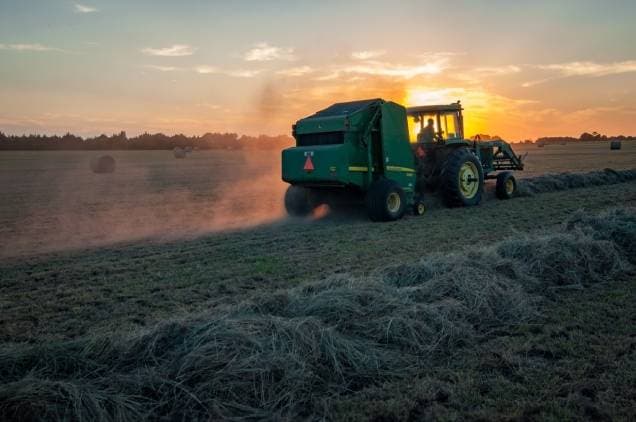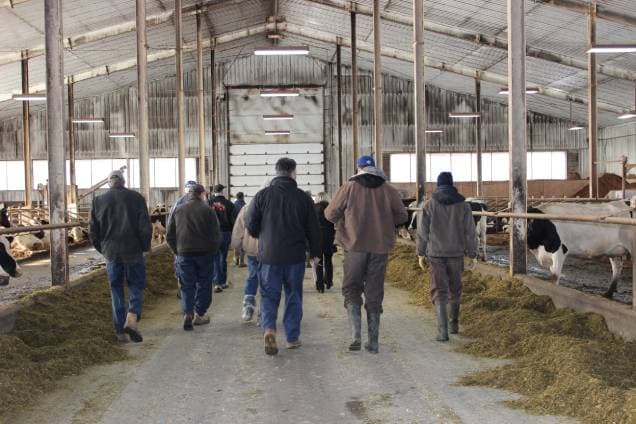
Section Three: Identifying Hazards and Knowing the Risks
Understanding Farm Hazards
To do:
- Identify the hazards on your farm
- Develop a hazard identification program
In this section we will go over the importance of identifying the potential hazards on your farm and assessing their risks. After understanding and identifying the risks on your farm, the following section will provide information on how you can control the hazards you’ve identified in order to keep everyone safe.
It is well known that farming is a hazardous occupation and that you aren’t able to eliminate all hazards and risks. But the important part is identifying those hazards and understanding the risk involved. Once identified you are able to work safely around those hazards by implementing the proper controls. Know your farm – know your hazards – know your controls!
It’s impossible for you or your employees to work safely around hazards if they are not acknowledged and managed.
Hazards can cause injury or negatively impact your health or the health of your employees. Identifying hazards is the first step in managing them. There are two types of hazards: health and safety.
HEALTH HAZARDS
Health hazards – may endanger a worker’s physical health. They may take time to show an impact.
SAFETY HAZARDS
Safety hazards – could cause bodily injury or property damage. They often have an immediate impact.
Health Hazards
(Source: Small Business Safety Toolkit, Nova Scotia)
Chemical: Includes any form of chemical, such as compressed gases, sanitizers, fertilizers.
Physical: Includes noise, vibration, heat, cold, and radiation.
Ergonomic: Includes design of the workplace and jobs that involve repetition, force, and posture e.g. milking, packing lines.
Biological: Includes organisms or toxic substances produced by living things that can cause illnesses or disease in humans, such as bacteria, viruses, fungi, parasites, and insects.
Different tasks and processes on the farm will involve multiple hazard types – you need to look at the big picture and consider all types and factors contributing to hazards.
Safety Hazards
(Source: Small Business Safety Toolkit, Nova Scotia)
Machine: Includes hazards from moving parts like rotating shafts, belts, pulleys, blades, tractors and stationary equipment.
Energy: Includes pneumatic or hydraulic pressure, steam, heat, and electricity.
Material Handling: Includes manual and mechanical handling—lifting, lift trucks, conveyors.
Work Practices: Working unsafely, as a result of either safe work practices not being in place or failure to follow them.


